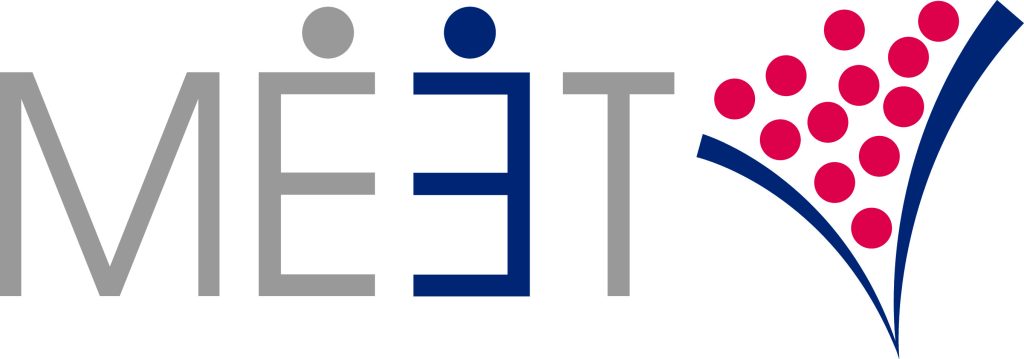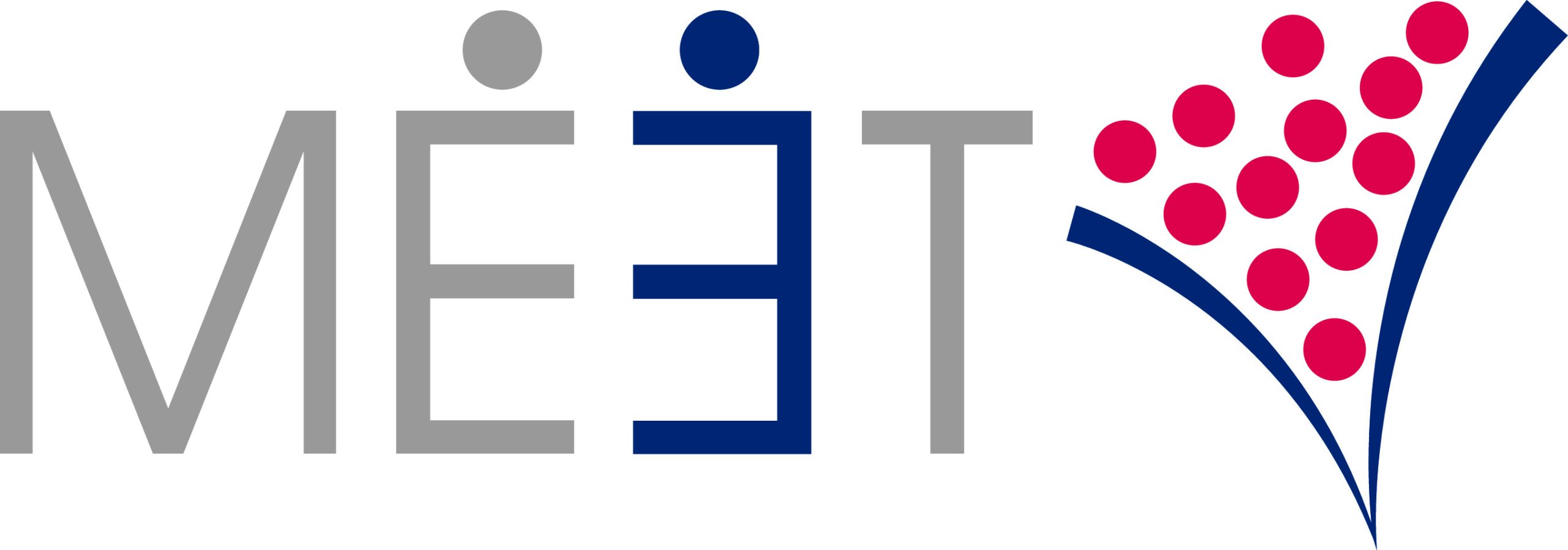Keeping an Eye on Your Target Market
Knowing your target market is part and parcel to starting a successful business. In the absence of a remote sense of whom your product is aiming to serve, it is practically impossible to develop any sort of viable marketing and sales strategy. With 75+ years of experience in trade shows and in-person events, we’re well aware of the challenges many companies face in remaining focused on the target market that inspired them to start their business in the first place. Specifically when it comes event opportunities, sharing the space with thousands of potential customers causes many companies to develop a syndrome we refer to as FOMO (fear of missing out) and lose sight of their target customers by casting the widest marketing net possible. Drilling down, the specific challenges we witness companies face in keeping an eye on their target market stem from: Poor alignment between modes of marketing and performance outcomes; and Communication that is not localized. Here are our recommendations for how to overcome these challenges and keep an eye on your target market during in-person event and trade show opportunities. Creating Alignment A buyer persona is a semi-fictional representation of your ideal customer. Creating buyer personas for the target of your product or service should be a part of any go-to-market strategy. For more information on the steps to identifying an ideal customer who will be the focus of your buyer persona, check out this post. While it’s certainly possible that you may identify two or three buyer personas, we recommend resisting the temptation to have too many—particularly at an early stage. Your goal is to place this buyer persona at the center of your trade show and in-person marketing strategy such that when these individuals are in the room, they are immediately drawn to your offer. Alternatively, those who do not qualify as ideal customers walk right by. It’s a win-win in that no one’s time is wasted. The key strategy for maximizing ROI at trade shows and in-person events is to identify the buyer persona you’re are aiming to target and make sure it is well-aligned with every aspect of your event selection, association memberships, marketing, and communications tools, lead-nurturing offers and follow-up strategies. Sound difficult? We can help. Localizing Communication Sometimes when we don’t have the correct language to express ourselves, we resort to bad habits—like raising our voices or repeating ourselves. Unfortunately, these tactics do much less to help us achieve our goals, particularly when it comes to sales and marketing. Especially for international firms scaling to the U.S., it is critical not to misinterpret poor traction with the need to speak louder and more frequently. We recommend localizing your communications strategy using audience-centered techniques that relate to people in ways that resonate with them. This goes beyond using the right language—it requires selecting words and phrases that reflect local nuances, and understanding regional customs and culture. For more information, check out our webinar: Localizing Communication: Connect with and Enroll Trade Show Participants. The most effective way to determine which language will be the most impactful with your target audience is to test your strategy. At every event we participate in, we like to test at least two Call to Actions that can the A/B tested and collect data on the results. Collecting and using the data from these tests to refine your communications strategy will ultimately improve your ROI by helping to inform your buyer persona and enhance your ability to attract high-quality prospects. Alignment and localized communication are two strategies that any company can use to remain focused on their target market. Especially for firms scaling to the U.S., keeping a close eye on your target market and seizing every opportunity to learn about their preferences, will deliver sustained results. About MEET (meetroi.com) helps international B2B growth companies soft land and scale in the U.S. through trade shows and in-person events. MEET’s processes help its clients ramp-up sales quickly and maintain a steady stream of high-quality prospects going forward. Contact Bill Kenney for a no obligation conversation: bill@meetroi.com or +1 (860) 573-4821.

